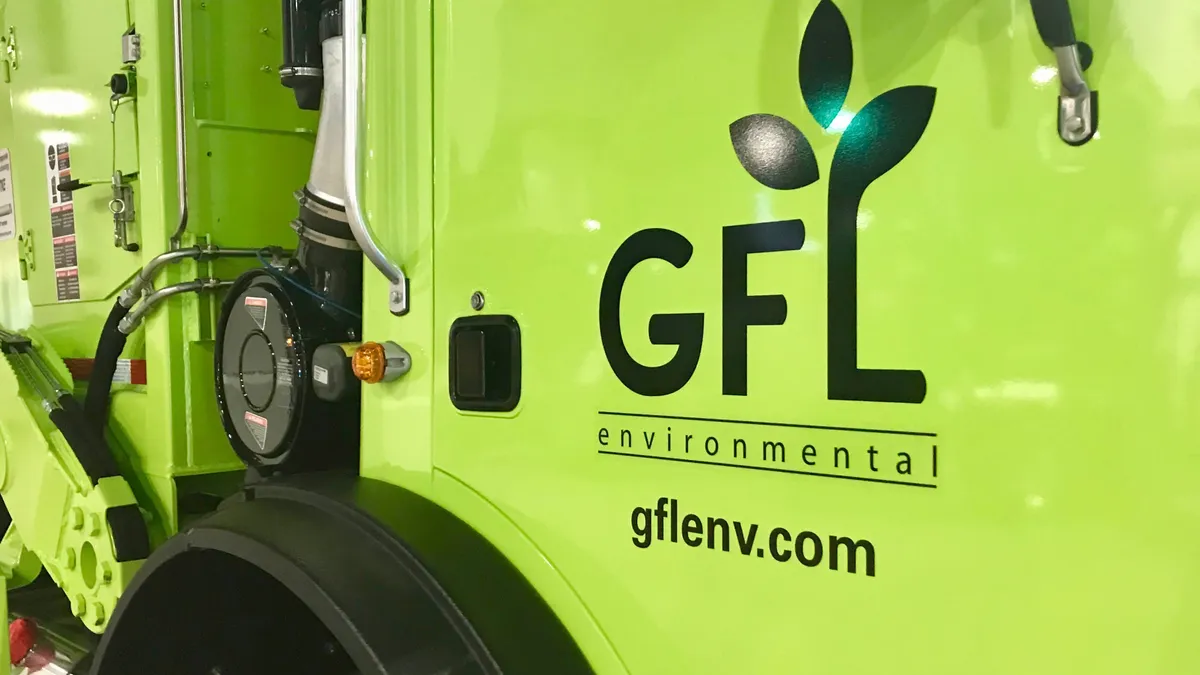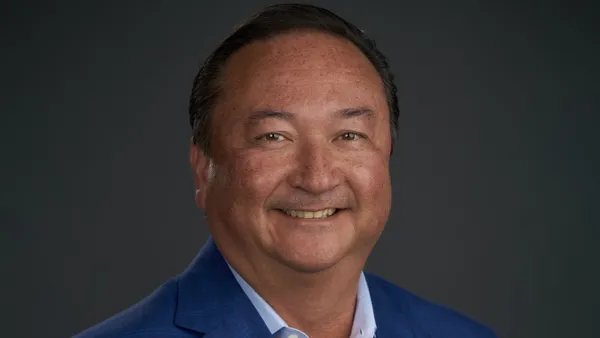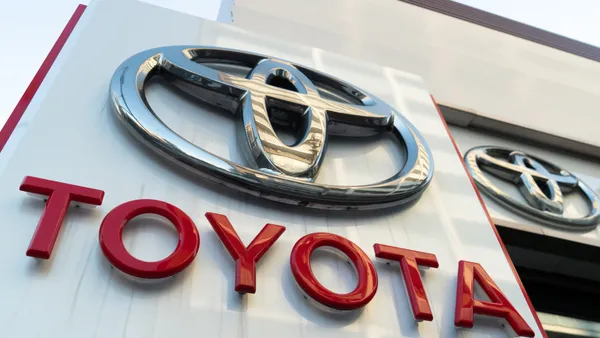All financial information is in Canadian dollars.
- Outlook: GFL reported a stronger than anticipated quarter — due in part to elevated pricing and contributions from prior acquisitions — that executives said in a Friday earnings call positions the company well to fulfill 2023 earnings guidance. Following the completion of a pending divestiture package, there’s potential to expand free cash flow to least $875 million in 2024. “We’re just getting started,” said CEO Patrick Dovigi.
- Divestitures: GFL now anticipates gross proceeds of approximately $1.6 billion for selling assets in three separate markets, up from a prior expectation of $1.5 billion, and has definitive agreements for each package. One transaction could close as soon as next month, followed by the others closer to Q3. Casella Waste Systems was identified as the buyer for certain Mid-Atlantic assets earlier this week.
- Leverage: Following that process, the company will be focused on getting its debt leverage below 4x and working to obtain an investment grade credit rating after a period of rapid growth since going public in 2020. CFO Luke Pelosi said getting leverage below 3.5x for a sustained period will be the first step in pursuing that rating, which could reverse what Dovigi said shareholders consider to be a “material disconnect” between the company’s performance and its stock price.
- Pricing: GFL saw double-digit price increases across both the U.S. and Canada, including high single-digit increases in the typically lower-priced residential and post-collection segments. Pelosi said this was a combination of CPI-linked contracts catching up with inflation, described as “a dynamic that is expected to provide pricing support for quarters to come,” along with high open-market pricing and the ongoing realization of a fuel surcharge program.
- Volume: The company’s solid waste volumes were up 0.7% year over year, with little sign of any economic-related shift aside from softness in C&D volumes for some Canadian markets. Dovigi described the changes as negligible and offered a broader view. “In some markets we’d actually like volume to back off a little bit so we could take some of our worst trucks off the road, some of our not so great drivers off the road and have a significantly more efficient operation like we saw [earlier in the pandemic].”
- Environmental services: Revenue in this segment, which is primarily centered in Canada and grew with 2021’s Terrapure acquisition, rose by nearly 37% to $316.9 million. Executives attributed the growth to pent-up demand during the pandemic, cross-selling opportunities from integrating Terrapure and ongoing pricing efforts in line with industry peers.
- RNG: The company’s first next renewable natural gas project is set to come online soon at the Arbor Hills Landfill in Michigan, with others to follow in future years. Dovigi said GFL has been reassessing opportunities from the U.S. EPA’s pending eRIN program and will update guidance once final regulations are published this summer.
- M&A: GFL spent $217.3 million on acquisitions during Q1, including an estimated $130 million for Vertex Energy’s Heartland used motor oil business. Pelosi anticipates spending around $500 million for the year, in addition to Heartland. Dovigi said the company remains focused on smaller tuck-in opportunities “that we can buy at significantly lower values” in markets where the company’s post-collection operations may be underutilized. Next year, GFL could expand its focus to tertiary markets that build on those platforms.
- Looking ahead: Dovigi said the company’s acquisition pipeline remains strong and expects that “for the next 10-12 years we are going to be sort of continuing to move at this pace.” He noted how the majority of the Canadian solid waste market remains unconsolidated among an estimated 2,000-plus companies doing at least $6.5 billion in revenue, offering “white space for us.” In the U.S., he sees at least $5 billion of potential revenue to be acquired in target markets.















